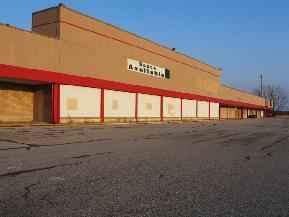 Ken Carriero, national director of Colliers International’s National Seniors Housing Group
Ken Carriero, national director of Colliers International’s National Seniors Housing Group
ORLANDO—With the oldest members of the Baby Boomer generation entering their 70s this year, the demand for seniors housing in the US is growing rapidly. And it isn’t expected to slow down anytime soon, as the 2.5 million Americans who are turning 70 make up just a small fraction of the 75 million people in the Boomer generation.
GlobeSt.com caught up with Ken Carriero, national director of Colliers International’s National Seniors Housing Group in Clearwater, FL, about the factors driving increased activity in the seniors housing market, and how this activity is affecting buyers and sellers. As developers and investors prepare for the rising senior population, seniors housing properties are selling quickly and lower quality facilities are trading at extremely low cap rates.
GlobeSt.com: What trends are you seeing in the seniors housing market today?
Carriero: Seniors housing assets are currently in great demand by both real estate investors and owner-operators. It’s not uncommon in this market, for a new listing to receive immediate interest and offers from several buyers. The competition is intense, and it’s allowing seniors housing properties to trade at severely compressed cap rates.
We recently brokered the sales of two different properties that were both over 30 years old and needed major repairs and renovations. These were class C properties, but they traded at cap rates of 7.6 and 7.9—numbers typically reserved for class A properties. I’ve been in this business for 30 years and I’ve never seen cap rates this low in the seniors housing market.
GlobeSt.com: What factors are contributing to such a hot market?
Carriero: First of all, the need for seniors housing has grown and continues to grow. There’s a higher demand for skilled nursing and memory care facilities. Nationwide, there are 735,000 people living in assisted living, and 42% of them are being treated for memory care, according to the National Center for Assisted Living. Futhermore, developers and investors are also preparing for the next 10 to 15 years, when more of the Baby Boomer generation will begin to reach the age of needing assisted living.

















 Copyright © 2024 ALM Global, LLC. All Rights Reserved.
Copyright © 2024 ALM Global, LLC. All Rights Reserved.